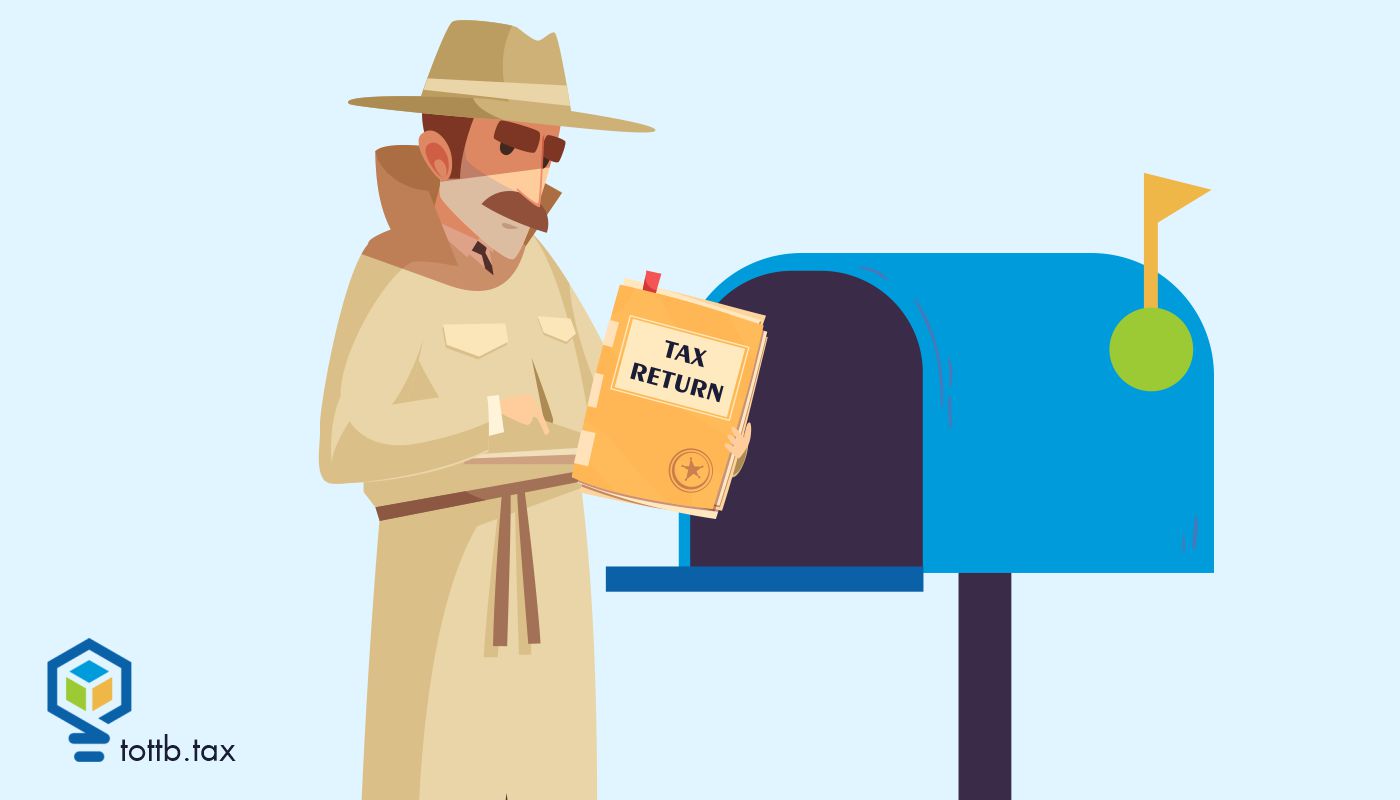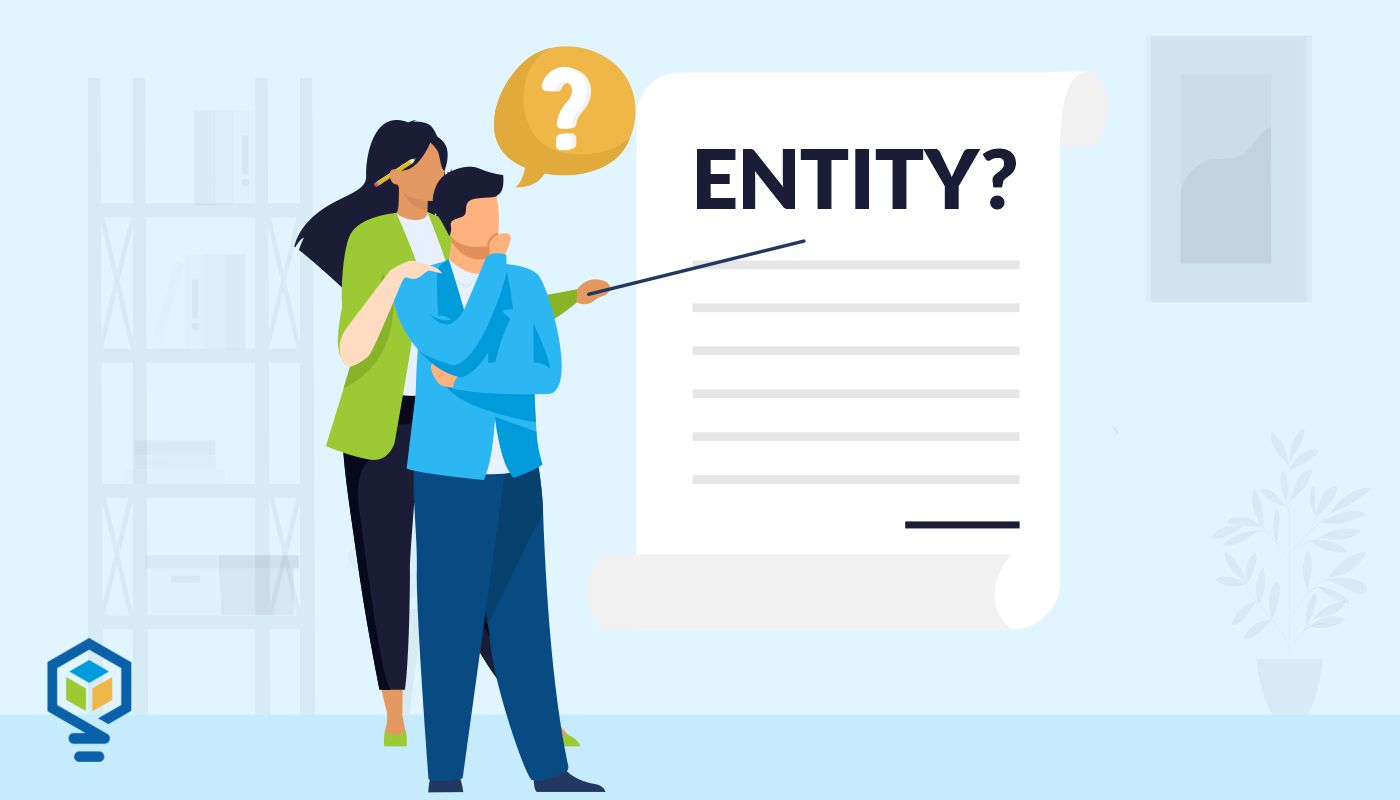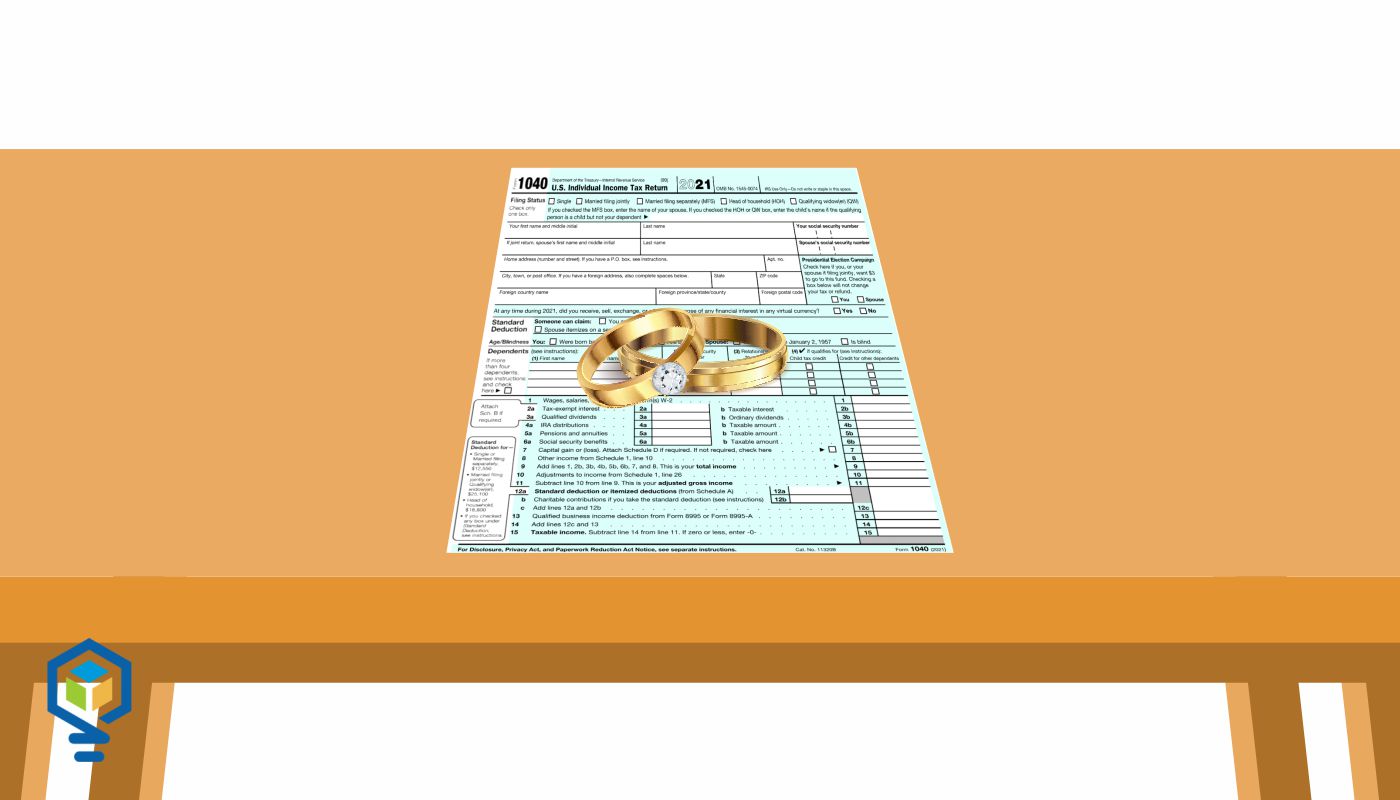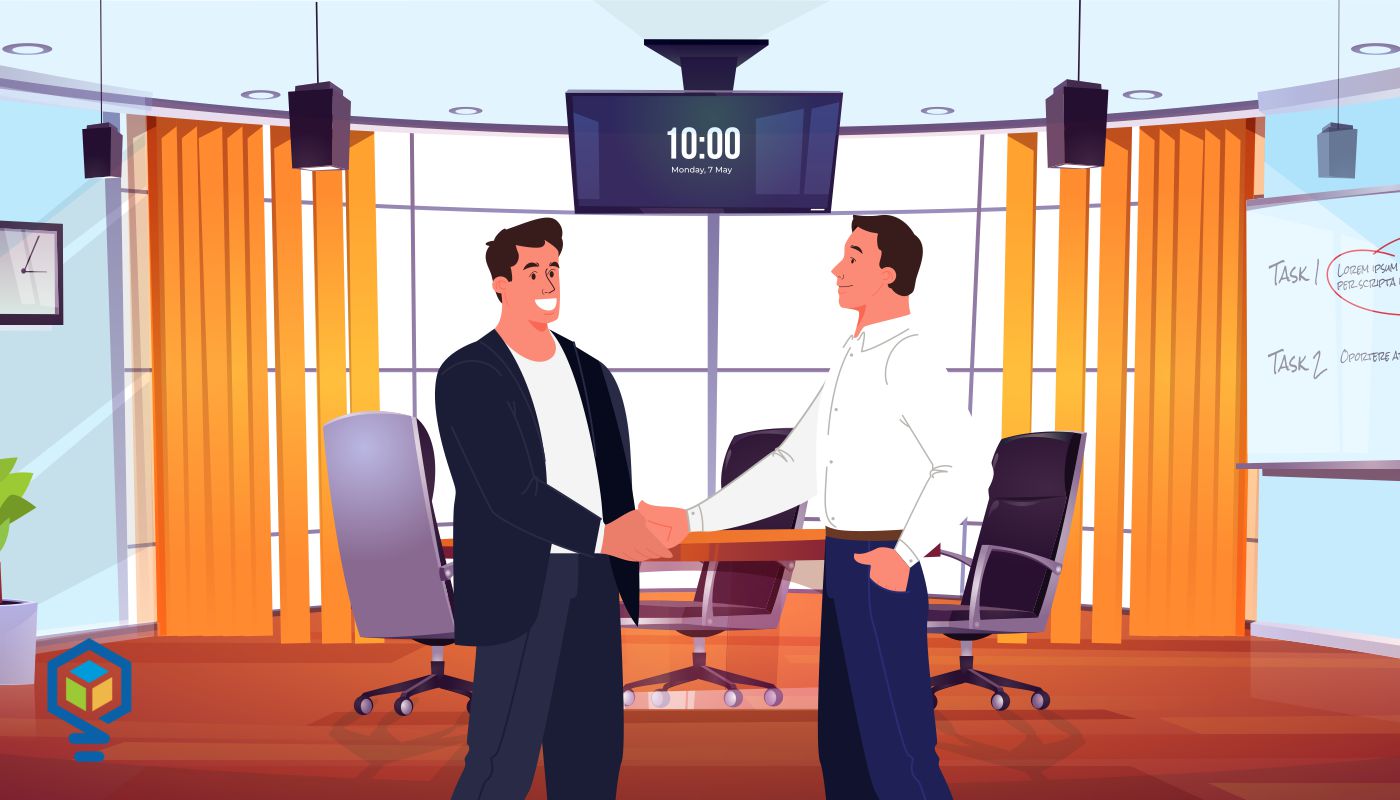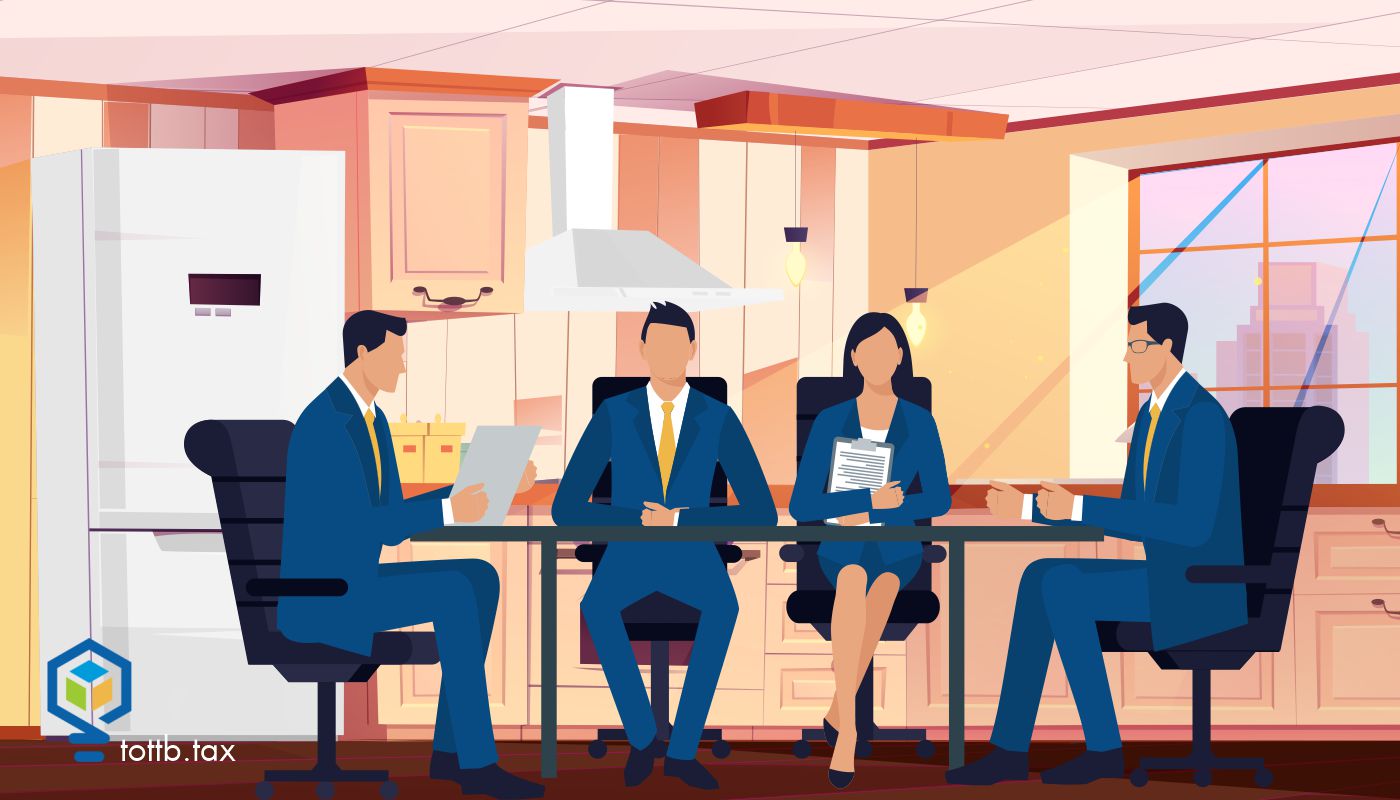
We've all heard the messages to pay yourself first, save a percentage of your income, build your nest egg, and some of us heeded the messages. Whether you’ve saved a lot or a little, we have many ways to reduce taxes in retirement, and by doing so, we maximize the power of our retirement savings.
Accumulating retirement funds is step one. And there are tax-advantaged ways to save for retirement: employer plans (401(k), 403(b), 457), individual retirement accounts (IRAs), self-employed retirement plans (Keogh, SEP, SIMPLE, Solo 401(k)), and non-retirement accounts. While you’re saving, you may have accumulated multiple “buckets” of assets, some in taxable accounts, some tax-deferred, some nontaxable.
Looking ahead toward retirement withdrawals/distributions (the funds you’ll need for essential and discretionary living expenses) adds tremendous value, and tax planning is a big part of the picture. Read on for more specifics and stay tuned for Part 2 with additional tips and examples.
READ MORE